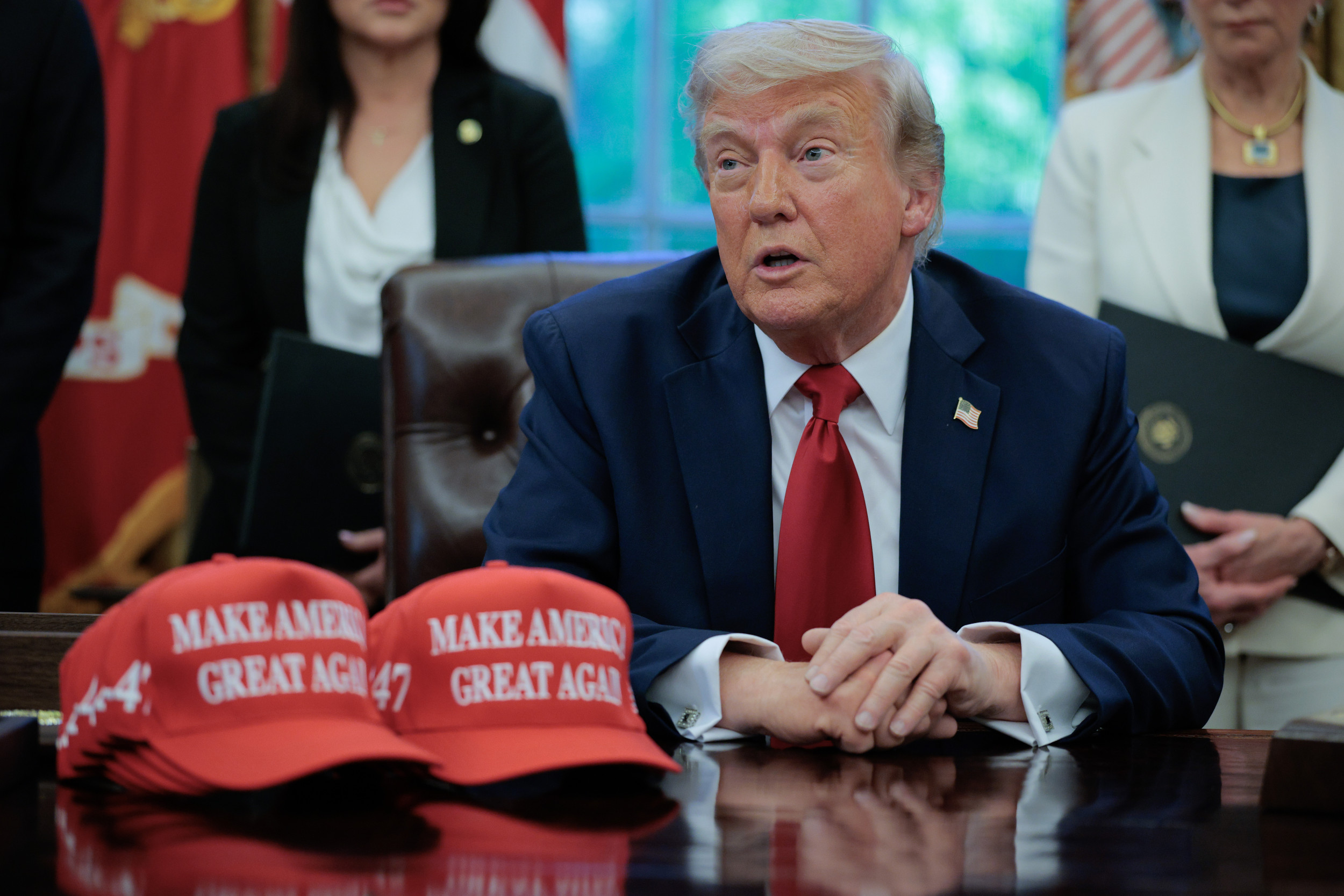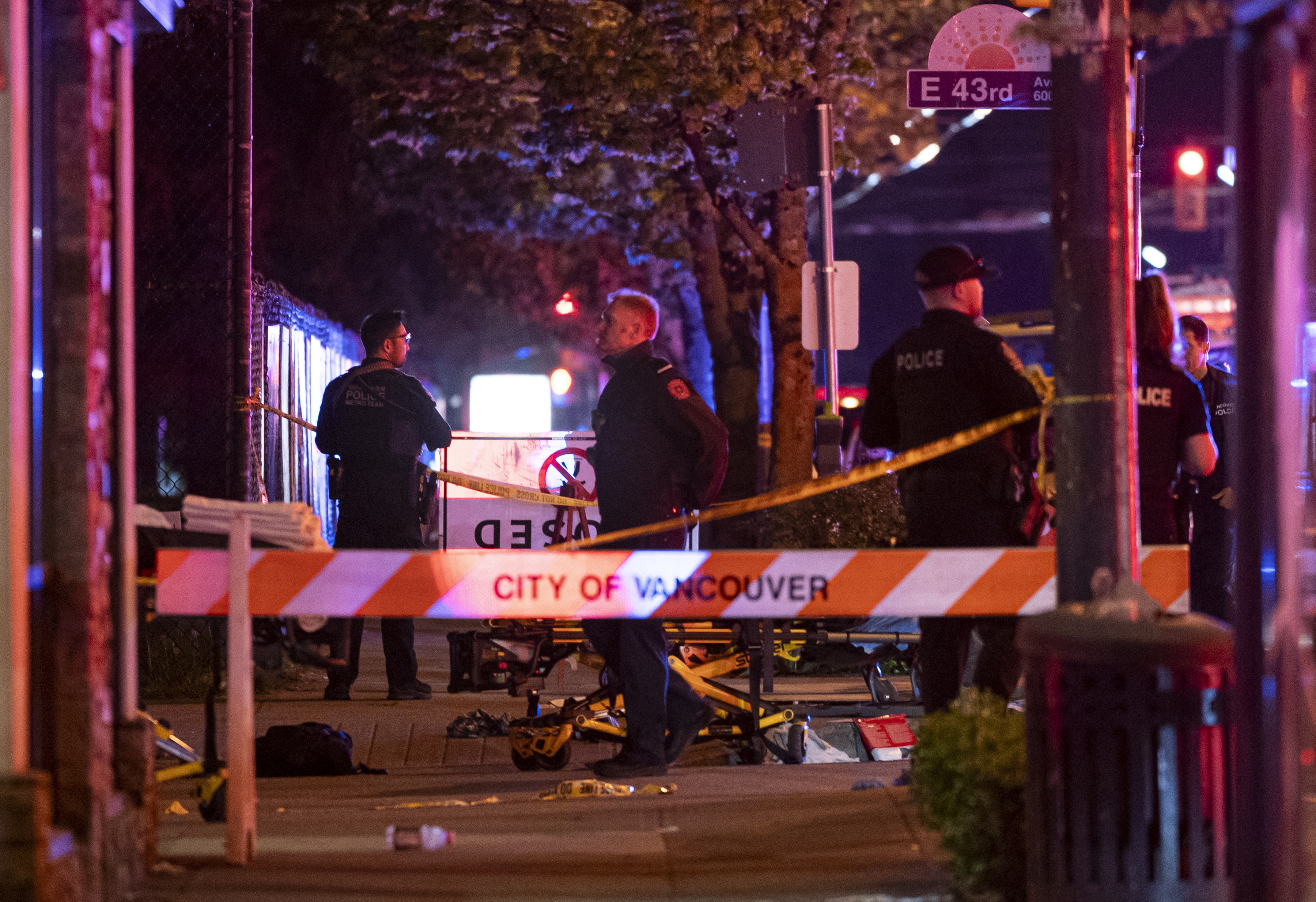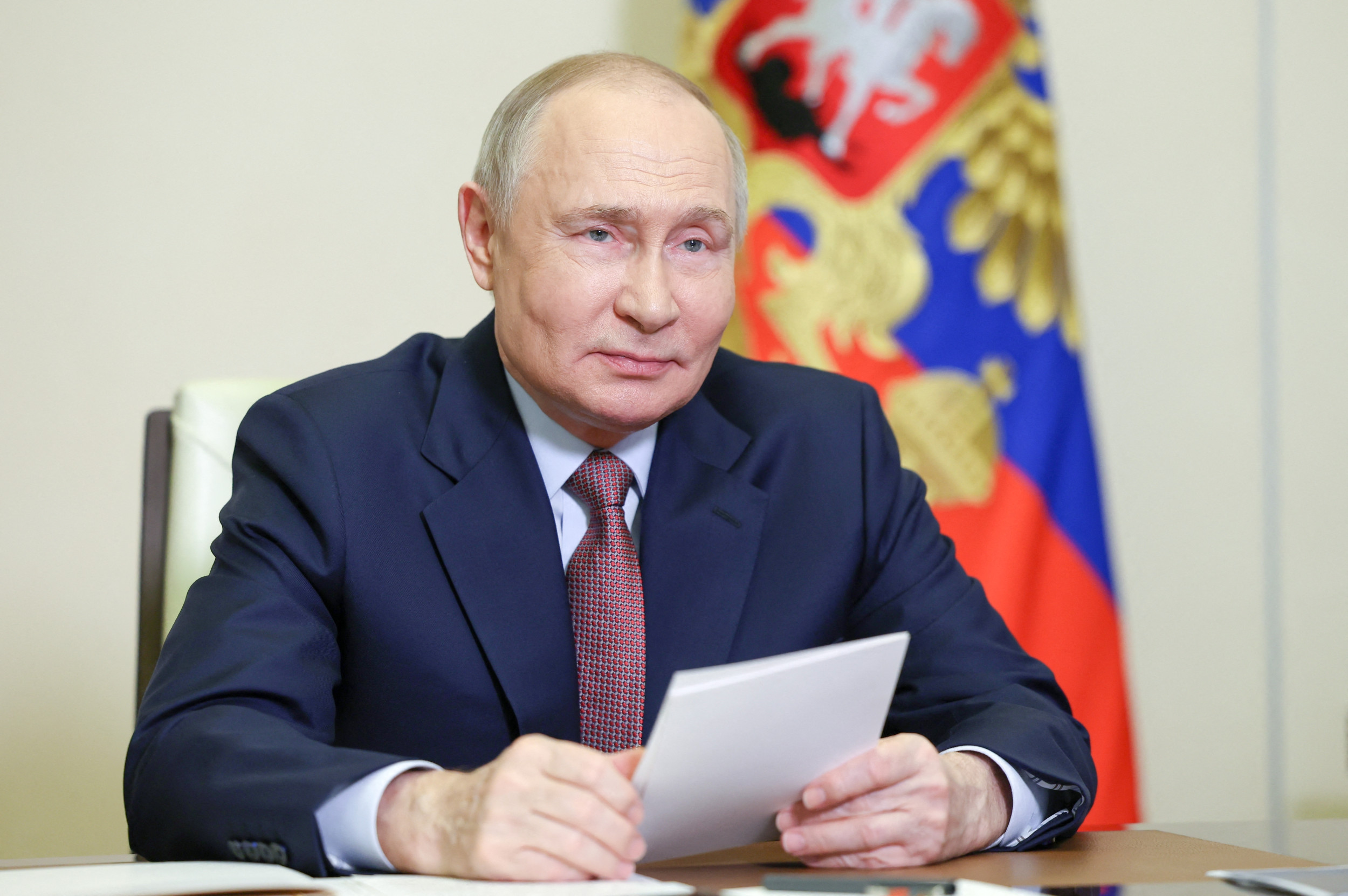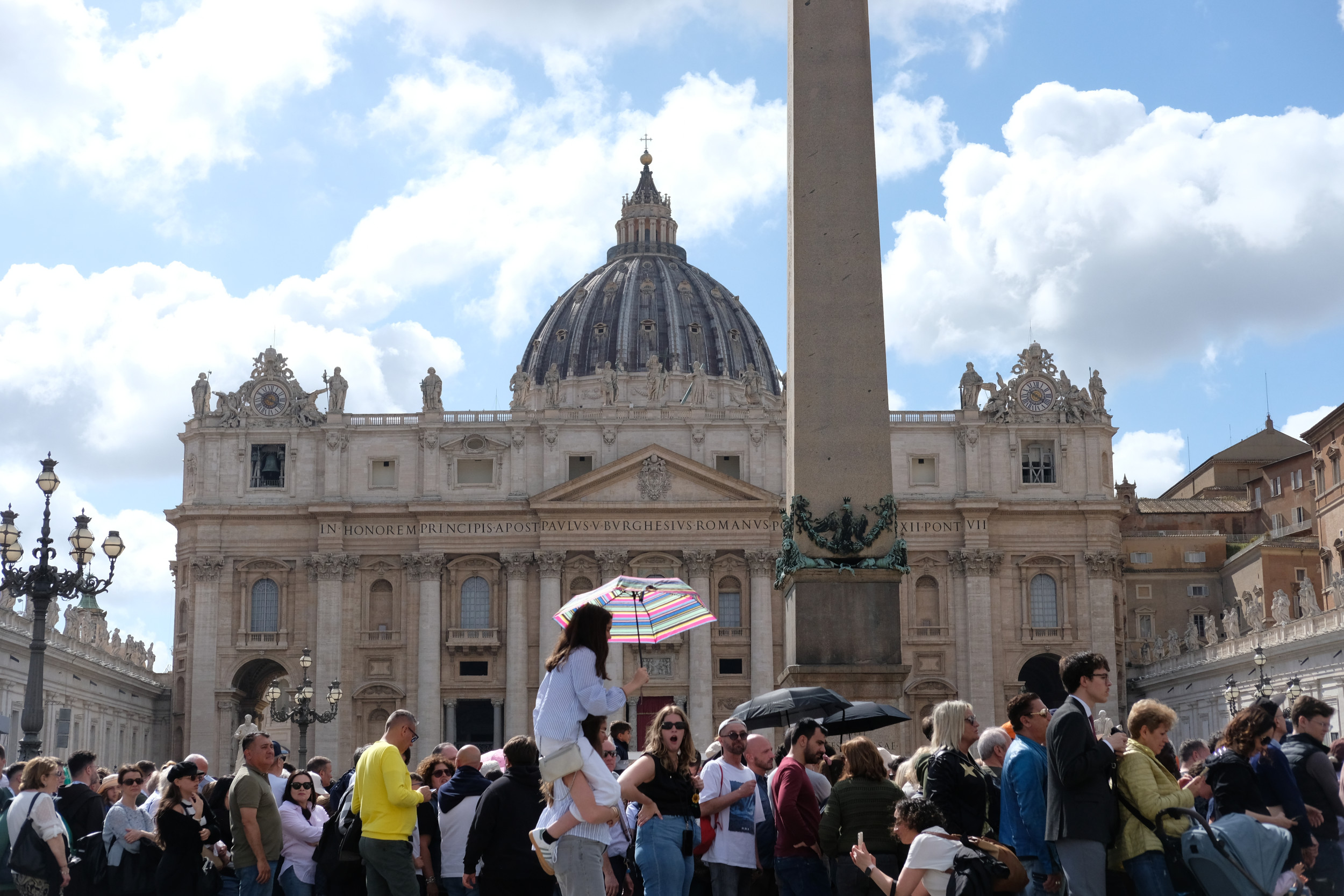🎙️ Voice is AI-generated. Inconsistencies may occur.
China's embassy in Washington, D.C., has shared an image contrasting the country's rail infrastructure with that of the United States in a pointed jab at Beijing's rival amid simmering trade tensions.
Why It Matters
The image, posted Sunday on the Chinese embassy's Facebook page, followed President Donald Trump's latest escalation of the U.S.-China trade war, on Friday raising the blanket tariff on Chinese goods to 145 percent. A tariff is a tax on imports that is typically passed on to consumers.
The trade tiff has been accompanied by increasingly forceful rhetoric. Last week, U.S. Vice President JD Vance caused a stir on Chinese social media by saying Americans "borrow money from Chinese peasants" only to purchase the things they manufacture.
What To Know
The Chinese embassy's graphic contrasts a fleet of sleek, Chinese high-speed passenger trains with an older American freight train listing slightly on a crumbling track. "China Vs. USA," the post read alongside three Chinese flag emojis.
The post drew a range of reactions. One Facebook user accused the embassy of "cherry picking."
"We don't need trains. we love to drive ourselves with our beautiful cars," another wrote.
"Yeah, the train system is awful in the U.S.," one commenter said. "You got bullet trains that run all over Japan, and we can't even get a high-speed rail system built from LA to San Francisco."
"This is how countries should fight each other: meme war," said another person.

The post follows AI-generated images that went viral last week. They depict Americans—including Trump and his adviser, Tesla CEO Elon Musk—laboring in a factory, mocking Trump's push to restore U.S. manufacturing.
And on Friday, Chinese state media released a diss track styled after American pop, with lyrics predicting the trade war's toll on ordinary Americans, including lines like "Groceries cost a kidney, gas a lung."
Since launching its first high-speed rail line in 2008, China has built the world's largest network—about 25,000 miles, more than twice the combined length of all other countries' systems.
Heavy investment in rail and other infrastructure helped the country weather the 2008 global financial crisis, but it also left the state-owned China State Railway Group with nearly $900 billion in debt, causing the state-owned operator to raise ticket prices for the first time on major routes last summer.
What People Are Saying
Liu Pengyu, a spokesperson for the Chinese Embassy in the U.S., told Newsweek: "Over the past decades, China has made major strides in infrastructure development. That has laid a solid foundation for economic and social development.
"The ultimate goal of these efforts has always been to improve our people's lives. In transport, for example, with such efforts, travel has become so much easier and the flow of goods smoother across the country."
What Happens Next
In what China called a "small step," Trump walked back his latest tariff hikes on key made-in-China electronics, such as chips and computers, keeping them at the 20 percent rate set in March. The president rejected media characterizations of the move as an exemption, saying the products were being reviewed.
Trump argues the tariffs will revive U.S. manufacturing, but experts across the political spectrum remain skeptical. Former Treasury Secretary Janet Yellen dismissed the idea as a "pipe dream" during a Monday interview with CNBC.
Update 4/16/25, 6:06 a.m. ET: This article has been updated with a comment from Liu Pengyu.
fairness meter
About the writer
Micah McCartney is a reporter for Newsweek based in Taipei, Taiwan. He covers U.S.-China relations, East Asian and Southeast Asian ... Read more




